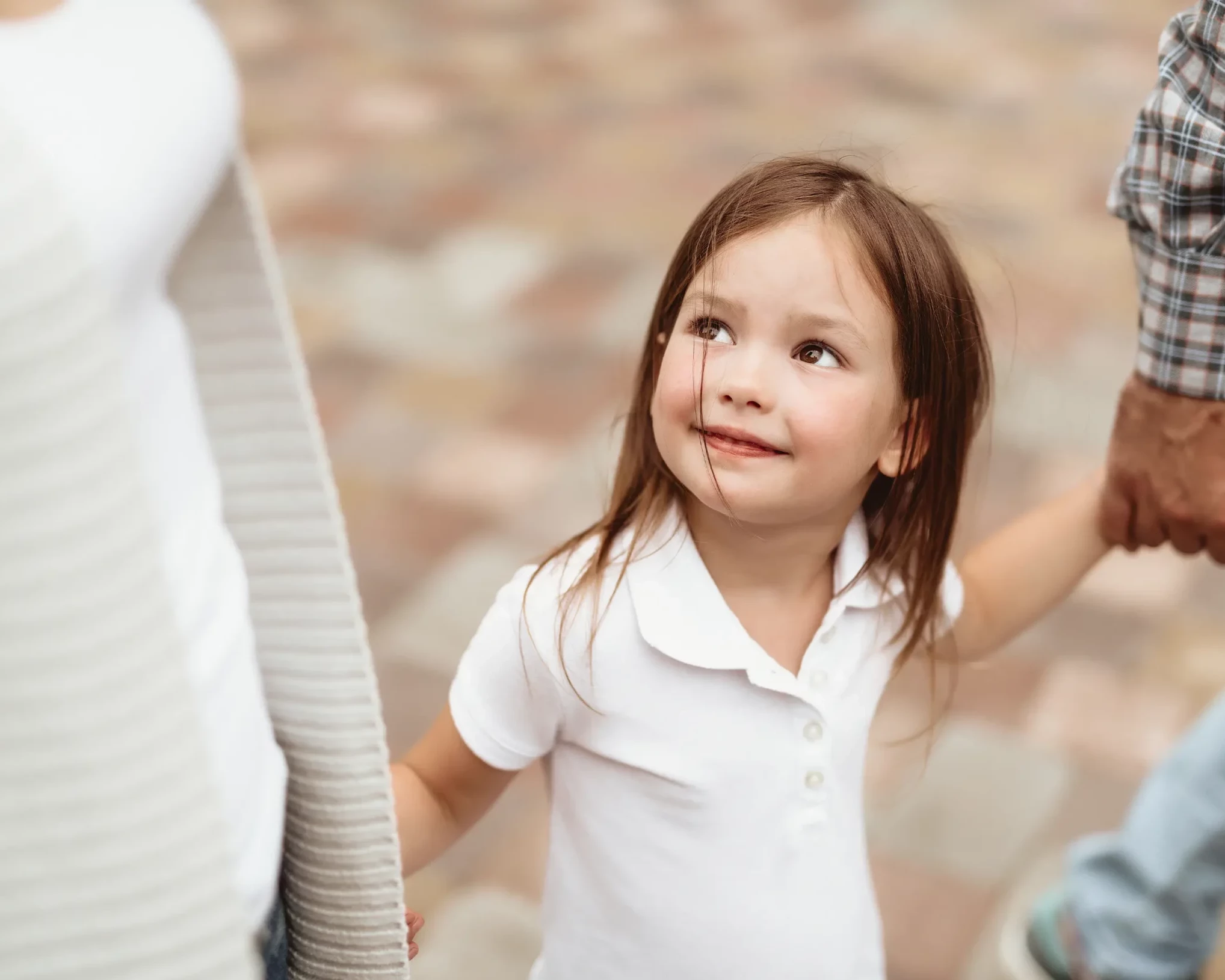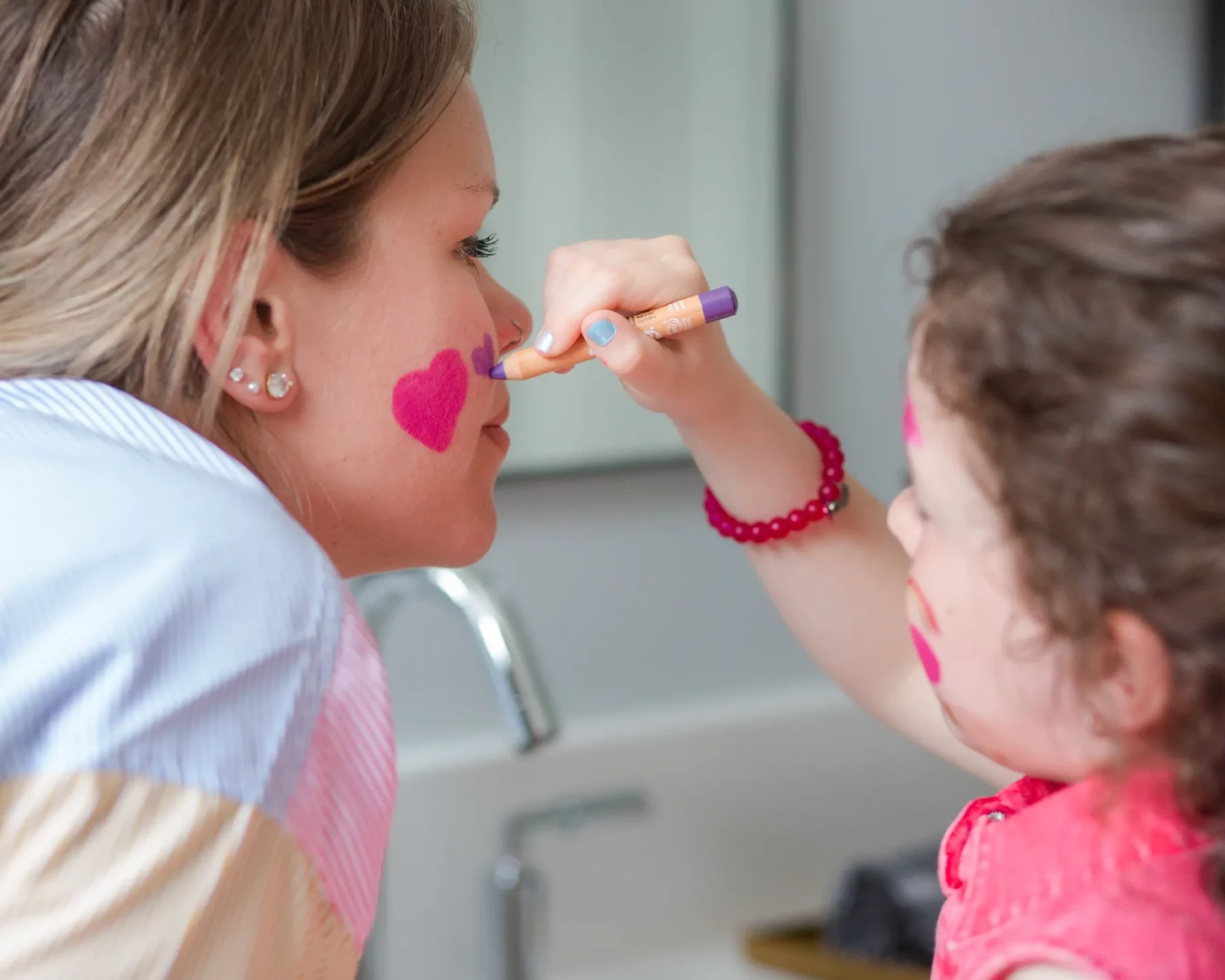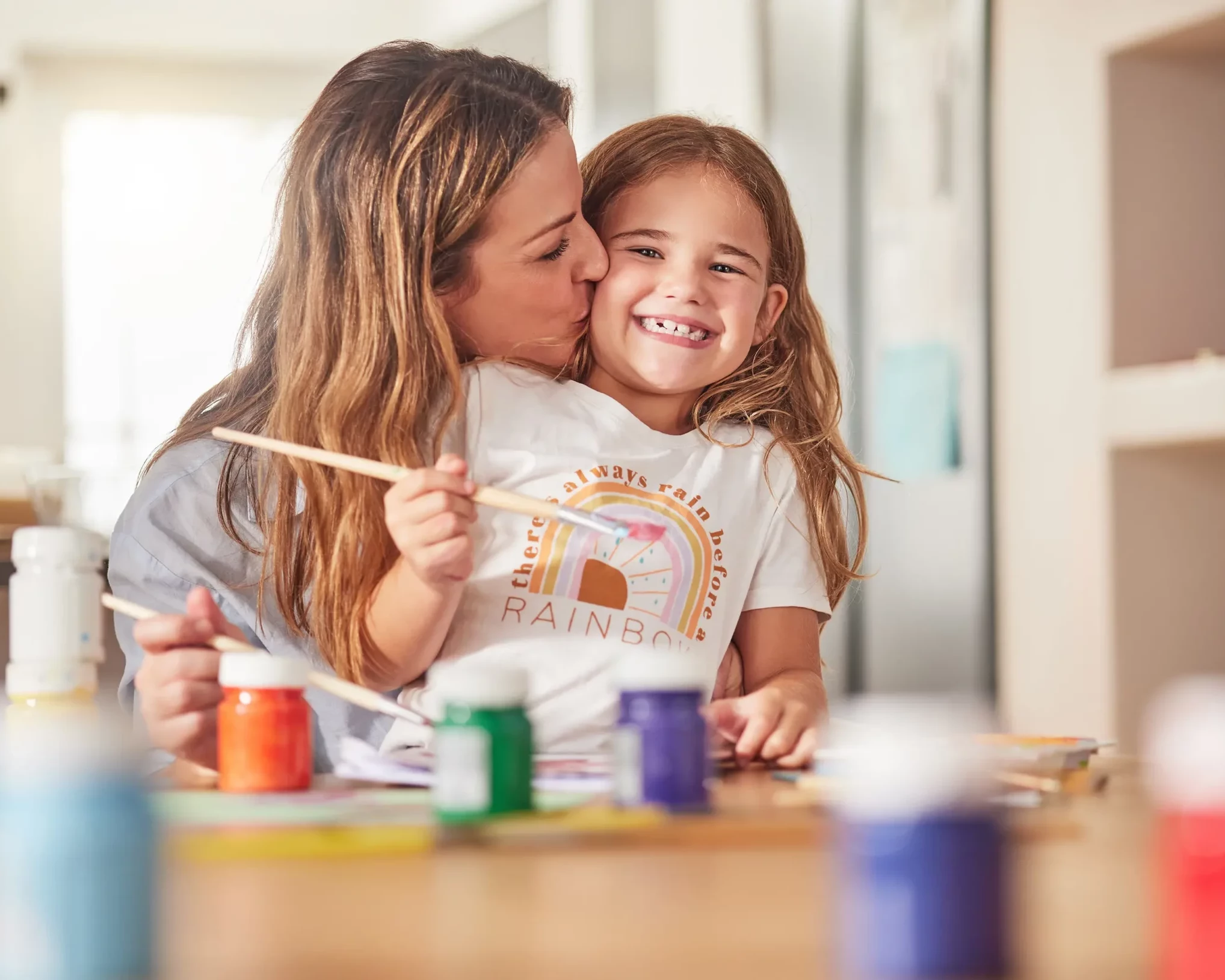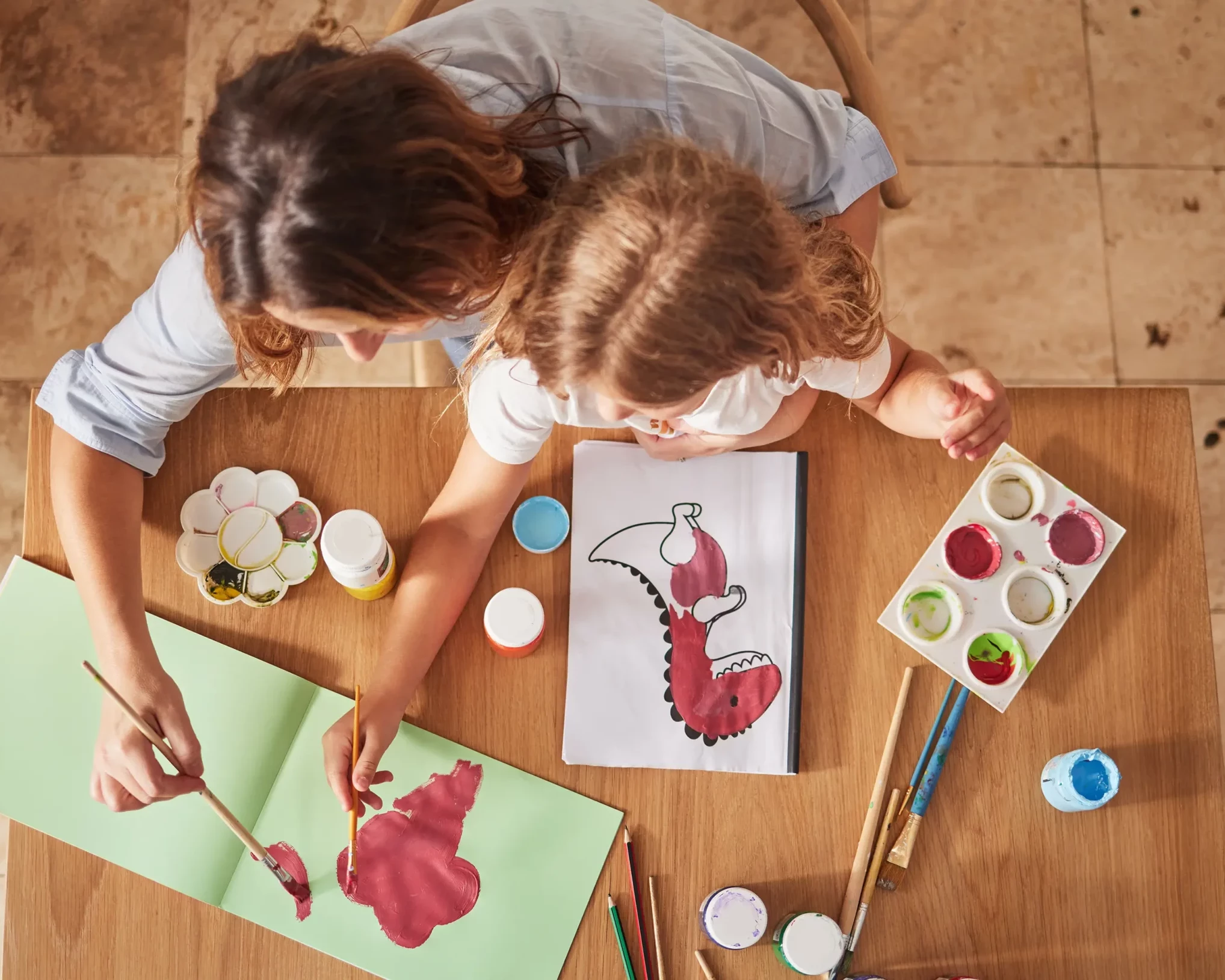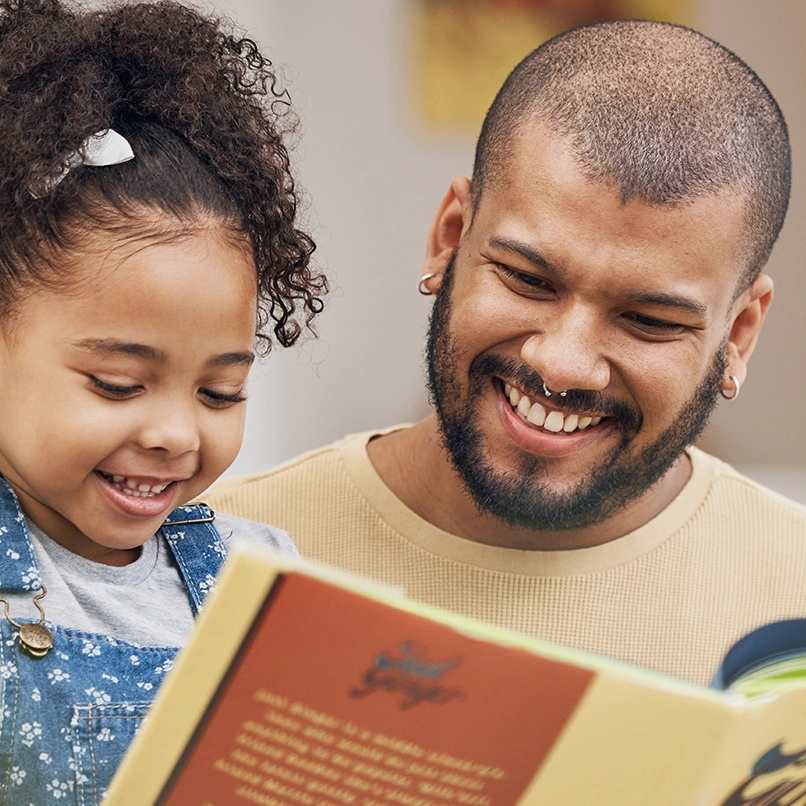Often presented as a miracle solution for raising well-rounded, responsible children, positive education is arousing growing interest among parents and educators. Based on the principles of benevolence, empathy and positive reinforcement, this approach is a clear departure from traditional education methods. But in the face of this craze, some are wondering whether positive education really is an educational revolution or just a passing trend. Let's take a look at the benefits, limitations and ways of integrating this approach into everyday school and family life. Is it a real trend or just a buzz?
What is positive education?
The fundamental principles of positive education
Positive parenting is based on three essential pillars: benevolence, empathy and encouragement. It aims to establish a respectful and harmonious relationship between adult and child, where the emotions and needs of both are taken into account. Rather than focusing on mistakes, this approach values positive behavior and encourages children to learn from their experiences. The idea is to develop children's self-confidence (in themselves and in adults) and autonomy, while offering them a secure, structured framework. To achieve this, positive parenting - another way of saying it - is based on active listening and open, non-violent communication.
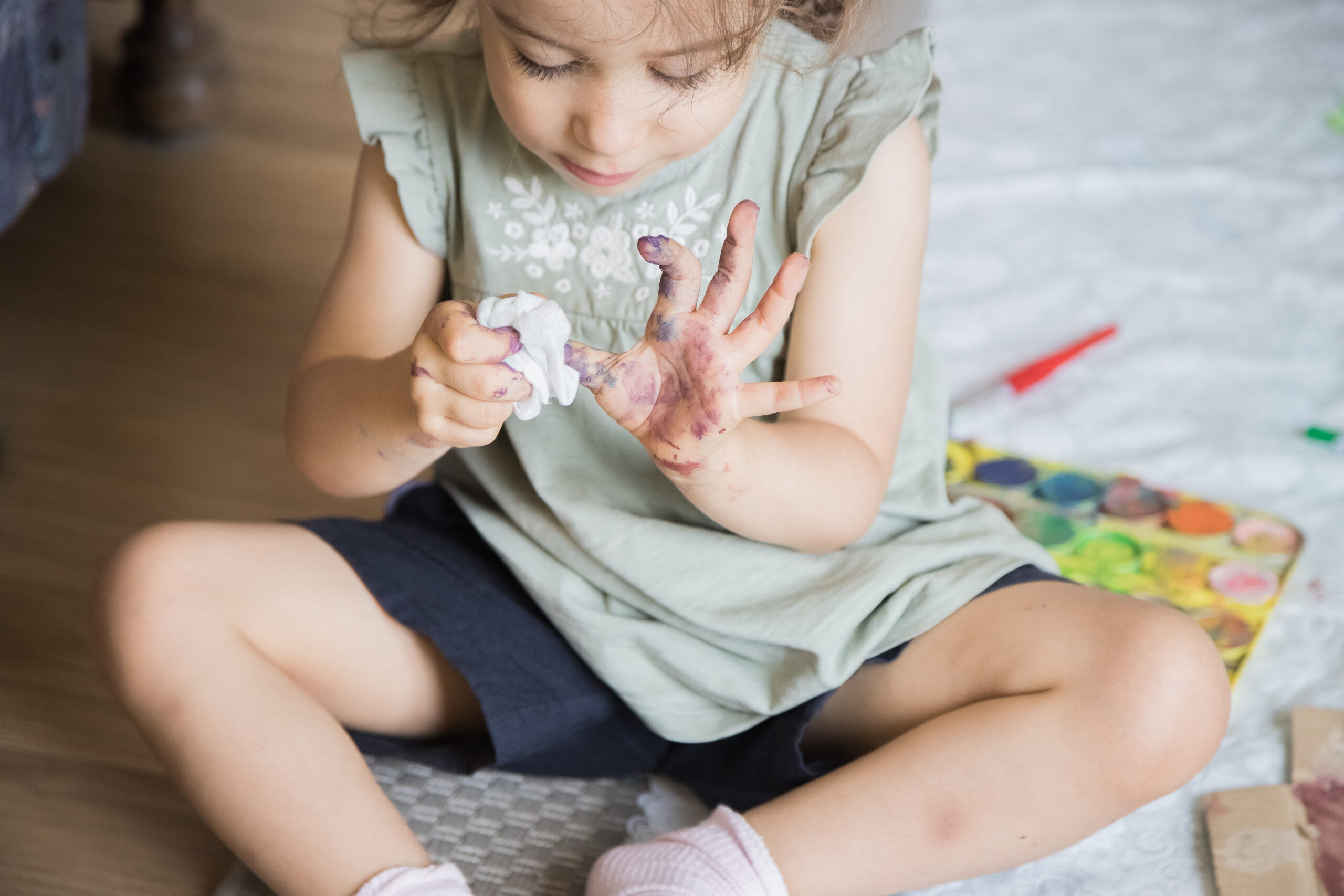
Origins and evolution of positive education
Positive education emerged in the 2000s, influenced by modern psychological theories such as Martin Seligman's positive psychology and Daniel Siegel's work on the child's brain. Unlike the traditional approach to psychology and psychiatry, which focuses on psychological problems and disorders, positive psychology aims to promote well-being and personal fulfillment. This approach has been adopted by many parents and educators, who are convinced of its benefits for children's development, particularly in terms of emotional management and interpersonal relationships. At the end of the 19th century, Maria Montessori developed a teaching method that placed the child's development at the heart of learning.
💡 Positive education isn't just for school. It can also be applied at home to strengthen parent-child bonds and foster greater family harmony. Mutual respect, active listening and open communication help establish a balanced, caring relationship that benefits parents and children alike!
The benefits of positive education for children
Promoting emotional and social development
By encouraging them to express their feelings, positive education helps children to better understand and manage their emotions. By creating an environment of trust, it fosters the development of essential social skills such as cooperation, empathy and respect for others. Children learn to interact constructively with those around them. We know that children act by mimicry. By activating their mirror neurons, they reproduce what they see and hear. If you often get angry with him, if your communication is mostly made up of injunctions and negations, he will reproduce what he thinks is a normal way of expressing himself.
Building self-esteem and confidence
In positive education, the emphasis is on positive reinforcement, i.e. valuing efforts rather than results. By recognizing small successes and progress, children develop greater self-esteem. This approach also promotes autonomy. Children develop a sense of responsibility and come to feel competent in their ability to make decisions. All this contributes to building lasting confidence, based on the belief that every challenge can be overcome. Children are encouraged to learn from their mistakes, fostering a positive attitude towards life's challenges.
💡 To boost your child's self-esteem, encourage him in his efforts and value the "little" victories of everyday life. Tell him you're proud of him, and that he can be too. From the earliest age.
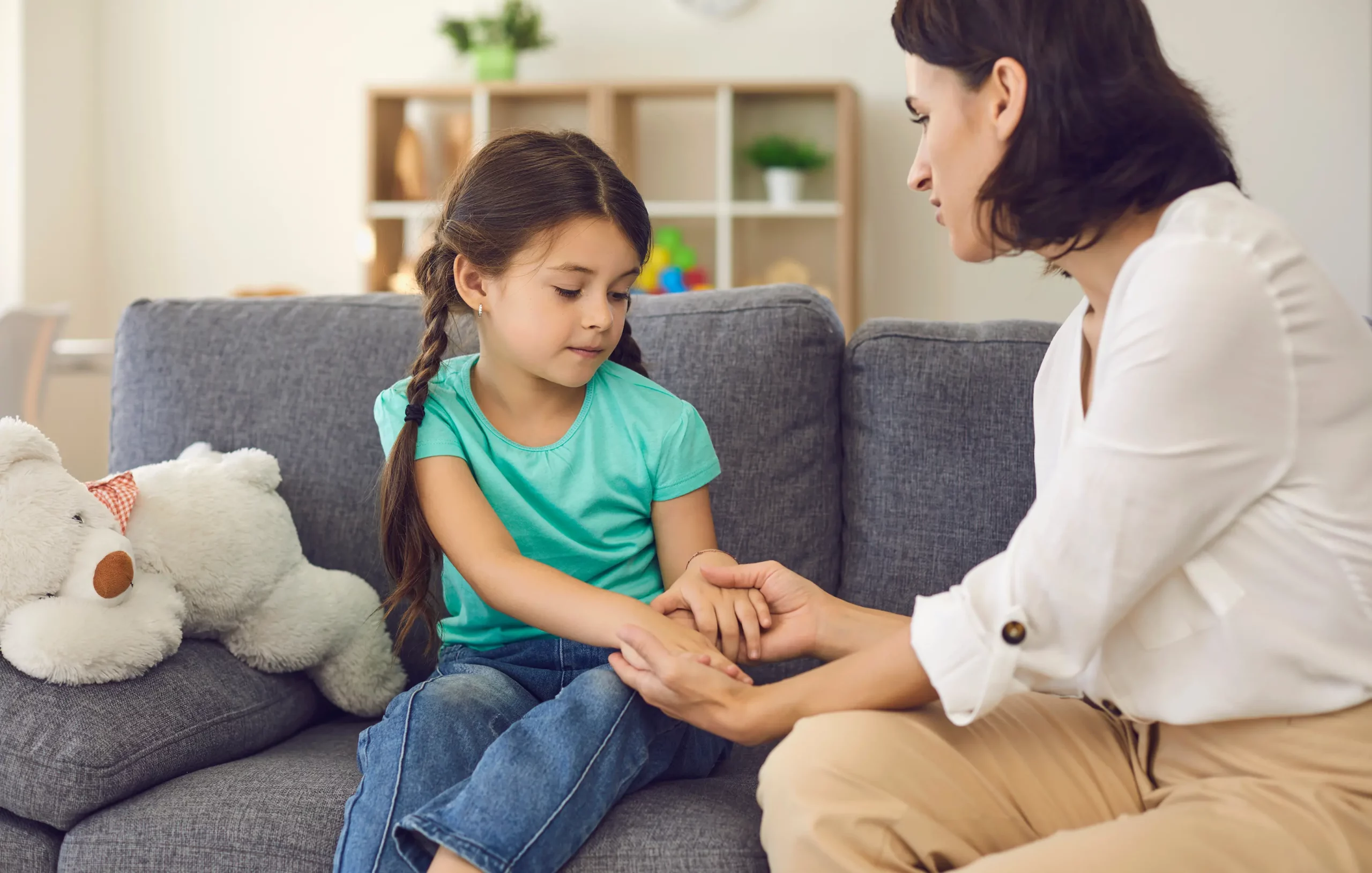
Criticisms and limits of positive education
The illusion of the perfect model
Positive education, while attractive, can create unrealistic expectations in parents in search of a certain parental perfectionism. It can also present an overly idealized model of parenting that is difficult to apply in all situations. It can be exhausting for parents to constantly maintain a caring attitude, especially in the face of everyday challenges. What's more, this approach can sometimes lead to the belief that all conflicts can be avoided, which is not always realistic, or even desirable for the child's development.
Potential long-term effects
One of the recurring criticisms of positive education is that it could damage children's resilience by avoiding traditional sanctions. Some fear that without exposure to frustration or strict discipline, children won't develop the ability to cope with the difficulties of adult life. Or that they will be too self-centered. However, advocates of positive education point out that this approach, properly applied, teaches children to overcome challenges constructively, without resorting to punitive methods that could have long-term negative effects.
💡 Before fully adopting positive parenting, it's important to educate yourself and understand its principles in order to avoid common mistakes, such as overprotection or excessive permissiveness
How can positive education be integrated into everyday life?
Practical strategies for parents
To integrate positive parenting into everyday life, it's essential to focus on caring communication. For example, instead of criticizing, it's better to guide children by asking open-ended questions and actively listening to their responses. Parents can also establish positive routines, such as moments of gratitude at the end of the day. Share activities that strengthen family bonds: reading a story, playing together. Smile (and even laugh together), you're being watched: leading by example is also key.
Adapting positive education to different ages
Positive parenting must be adapted to the child's age. For toddlers, the emphasis is on creating a secure environment and managing basic emotions. For school-age children, it's important to encourage autonomy and responsibility through tasks adapted to their level of development. With teenagers, the approach focuses more on active listening and open dialogue, respecting their growing need for independence. Adjusting techniques according to age ensures that the child receives appropriate support throughout his or her growth.
💡 To introduce positive parenting at home, start with simple actions like using a positive reinforcement chart or setting up a daily talk time where the child can express his emotions without judgment.
Far from being just a buzzword, positive parenting offers a new and beneficial perspective on childcare. While it requires patience and a certain amount of adjustment, its principles can transform family dynamics, fostering more harmonious relationships and boosting children's self-esteem. However, it is not a one-size-fits-all solution, and must be applied with discernment, taking into account the particularities of each child and the challenges of everyday life. Above all, adopting this approach means choosing an education based on mutual understanding, encouragement and benevolence.
Share this article

